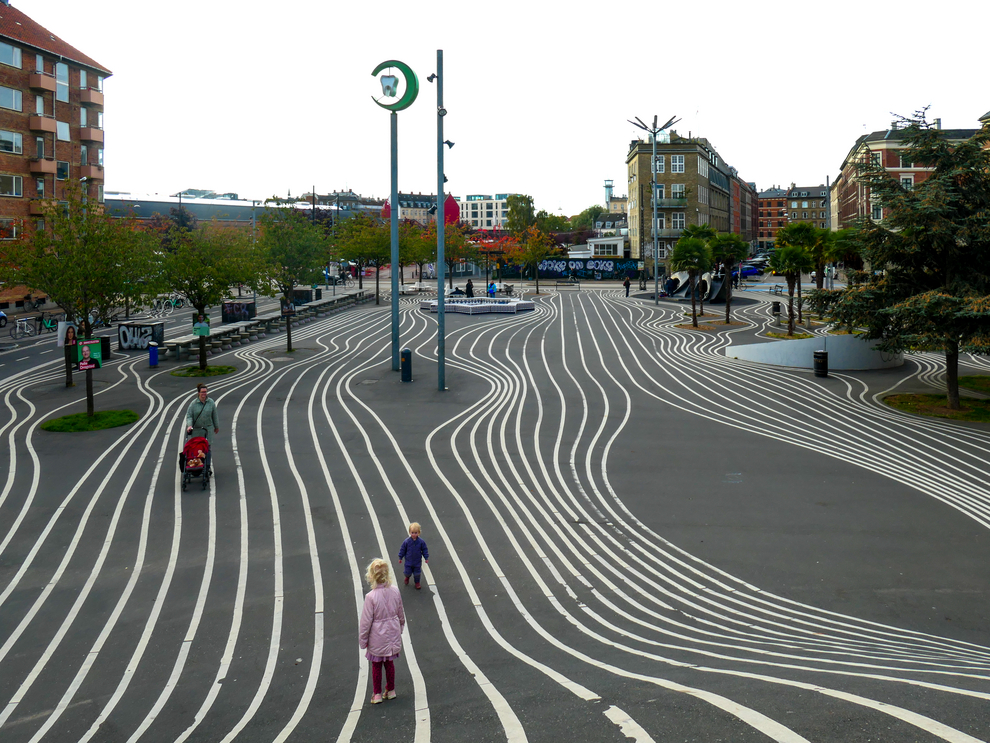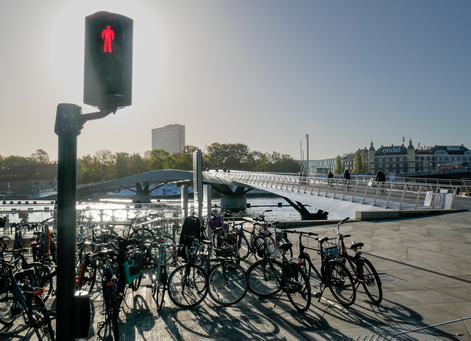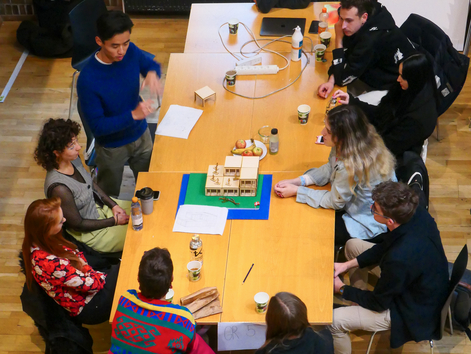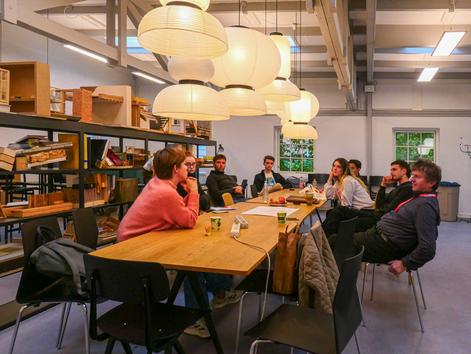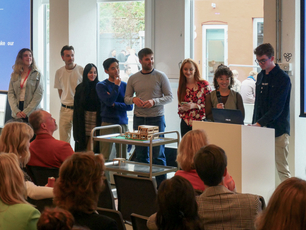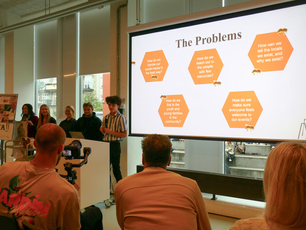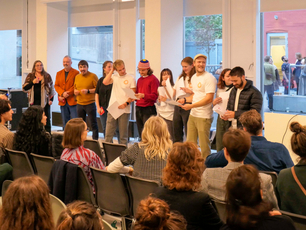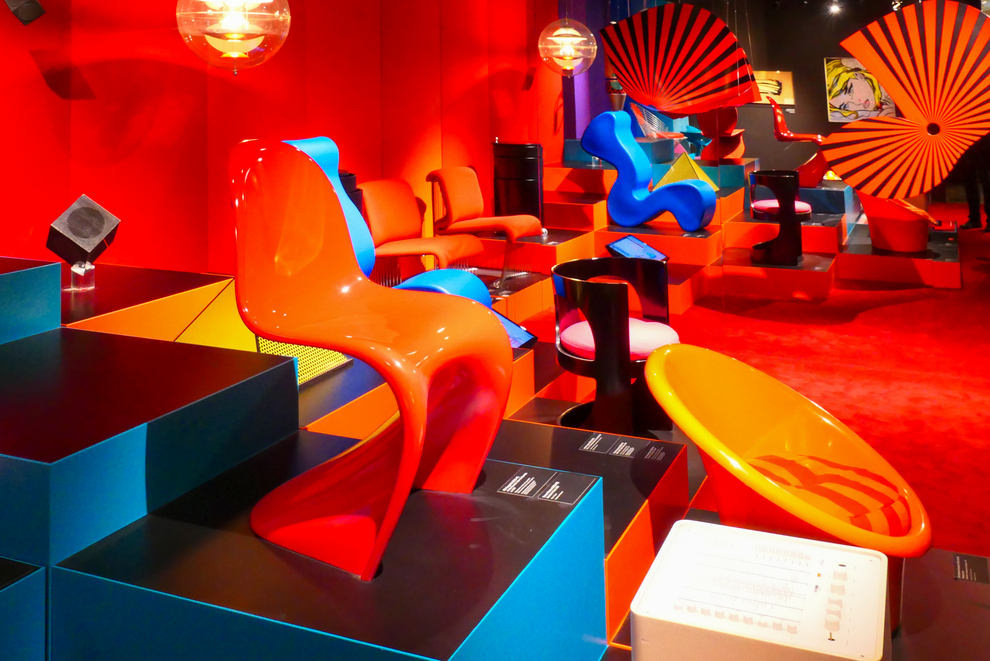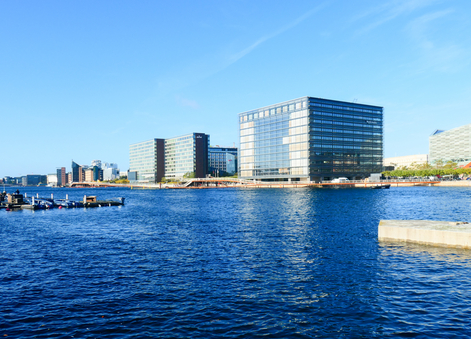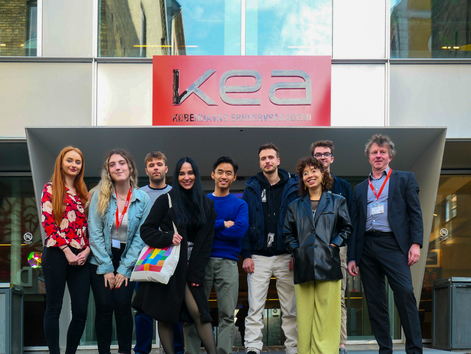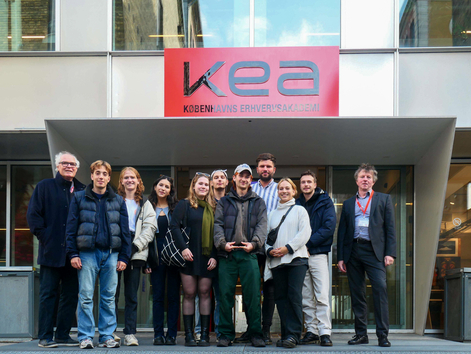KEA Charrette 2022 - INTERGENERATIONAL SPACES FOR
URBAN EXISTAINABILITY
October 09 - 14, 2022 / Copenhagen, Denmark
As part of Charrette 2022 at the KEA in Copenhagen, BHT students developed innovative design concepts for the design of intergenerational spaces together with international fellow students. They were asked to incorporate regenerative design, bio-mimicry and the concept of “existainability” into their plans. As every year, the KEA Charrette student groups cooperate with local organizations or companies to concretize the themes of the Charrette. This year, the students worked with the Bikuben Foundation (foundation for young people and artists), KAB Lundtoftede (non-profit housing association), Tempi (Danish and international association for world music) and Bispebjerg Lokaludvalg (official local council of the Bispebjerg district). In a week full of brainstorming, discussions and expert consultations, the students developed a variety of ideas and approaches in ten teams. At the end of the week, they presented their final concepts first to the local partner and later to their fellow students and the charrette jury.
The charrette aims to motivate students to question traditional approaches to sustainability and develop new perspectives.
This year's workshop focused on the idea of regenerative design, which challenges the common understanding of economic growth as a measure of progress. It is about contributing more to the renewal of resources than we consume - a challenge that requires a rethink. Instead of economic growth, individuals, communities and entire nations could strive to give more back to nature than they take. This approach calls for us to critically rethink our current goals and values and find new ways to create a sustainable future.
Bio-mimicry means learning from nature and applying its principles to design and solutions.
Existainability, on the other hand, links sustainability with human existence and emphasizes that every green transformation begins with the consciousness of each individual. At its core is the conviction that humans and nature are inextricably linked.
The idea of “intergenerational spaces” is also based on this, as one generation alone cannot overcome the complex challenges of the future. It requires the courage to think beyond one's own time and create solutions for several generations.
Photos: Prof. Bernhard Sill

